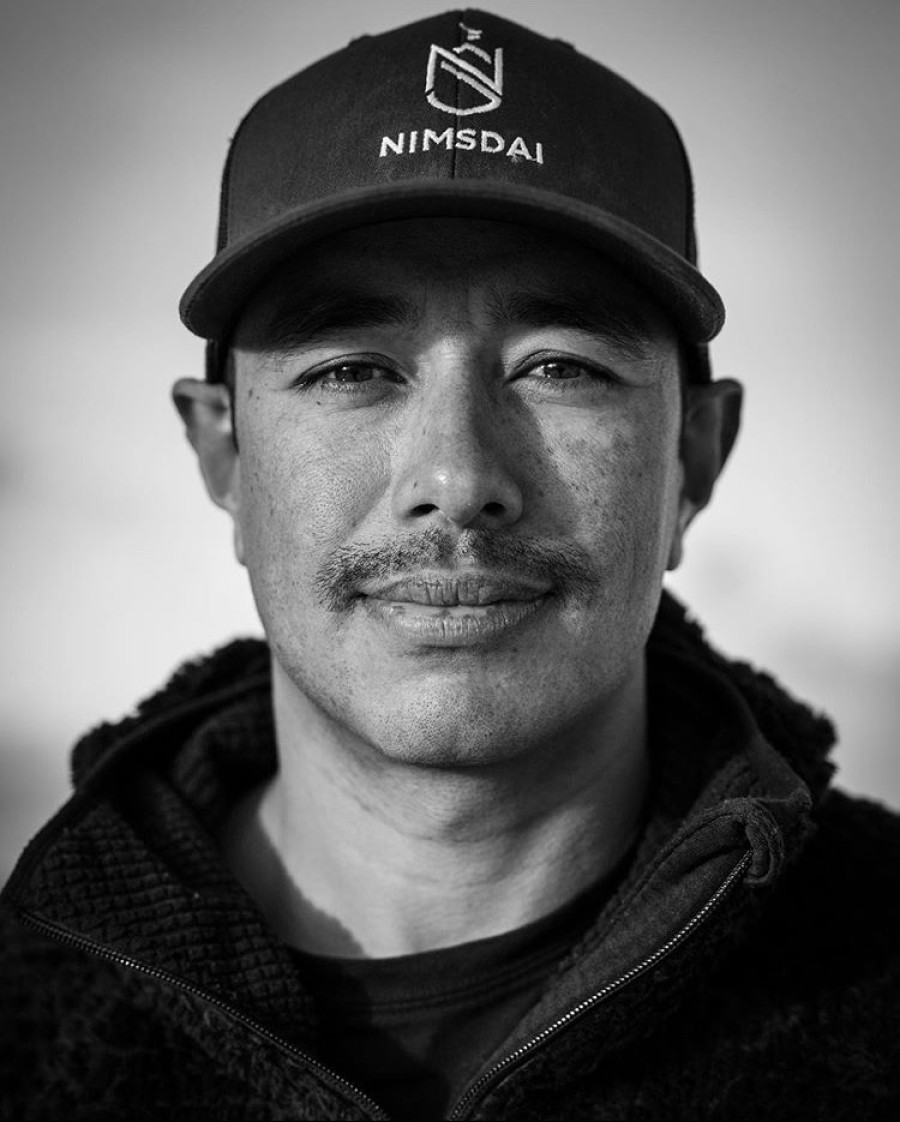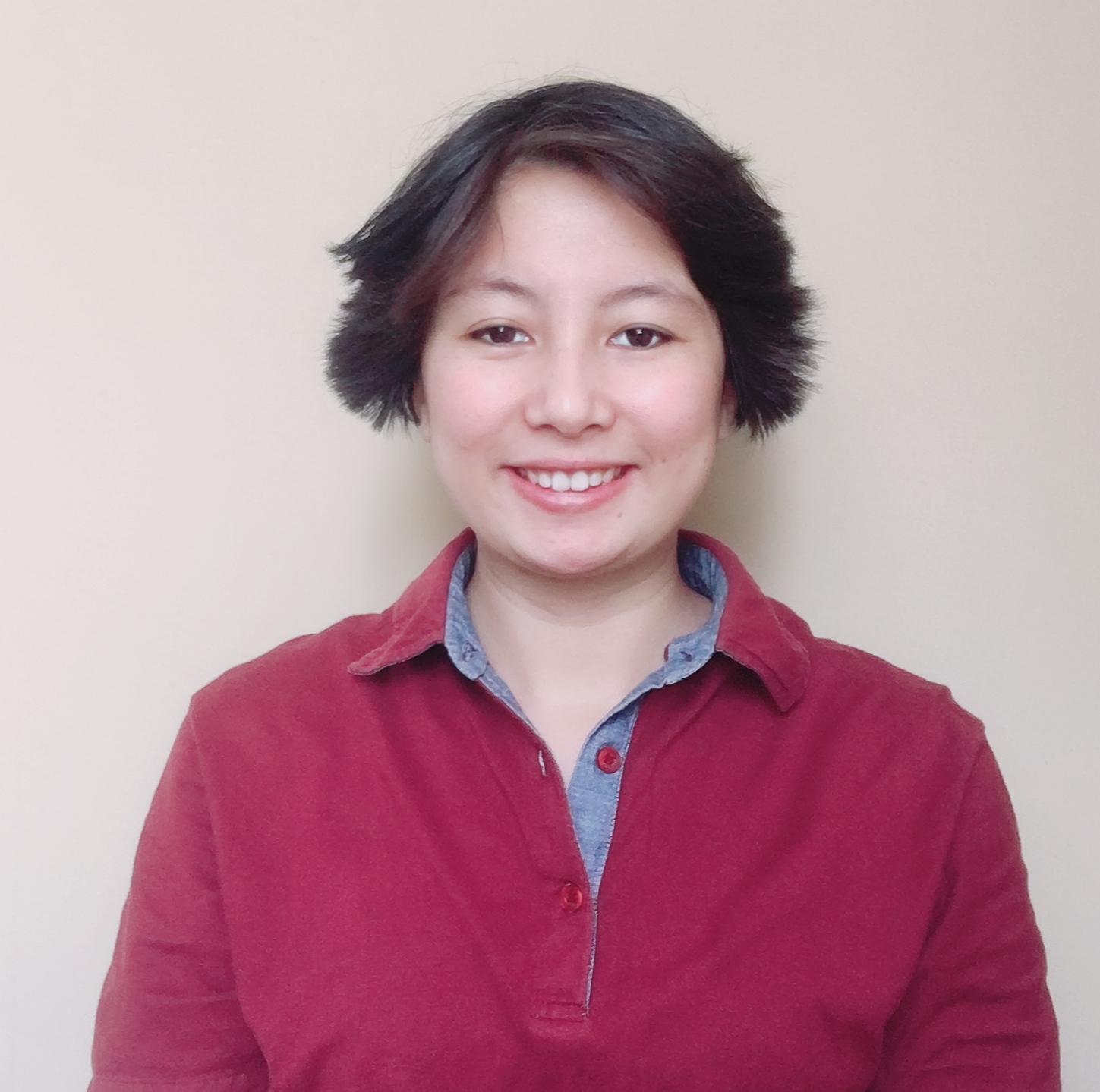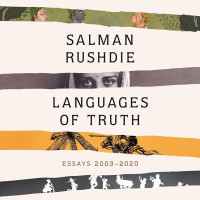Books
‘Believe in your purpose and create your own opportunities’
Nirmal Purja, a former British Special Forces soldier, who climbed the world's 14 highest peaks in the shortest span of time under his mission 'Project Possible’ is out with his book titled 'Beyond Possible'.
Srizu Bajracharya
Nirmal Purja aka ‘Nims Dai’ is a man of his word—he will do every unimaginable if he sets his mind to. Purja last year was on a record breaking spree to climb 14 of the world’s highest peaks in about six months. And now he is already out with his autobiography ‘Beyond Possible’, revealing who he is and what drove him to do the unthinkable.
Purja carries the story with grit and confidence, alluring people to see how dreams are made possible. From a 16-year military career to becoming a ground-breaking mountaineer, Purja tells his story swiftly with clarity and much vigour. He is unstoppable and unwavering with his aspirations—he is resolute and demands the readers reading to be the same to climb their mountains. There’s much to learn from him and his book about taking risks for one’s dream.
On an early morning from Ölüdeniz, Turkey, where Purja these days is enjoying speedflying, he spoke to the Post’s Srizu Bajracharya about his book, his motivation and what goes behind the mind that is planning to pull off the impossible. Excerpts:
It seemed like you always wanted to tell your story. Was writing a book always in the back of your mind?
To be honest, I had never thought of writing a book one day, especially about my life. But when I did my project—Project Possible—last year, I knew I would be writing a book because it was a huge project. In a way, when I was in the mountains, I used to think I need to be alive to tell my story. And I felt like if I had died, no one would be able to tell my story the way I want it to be told.
Can we talk about the process that went into writing this book? Were you writing journals and making notes while climbing mountains?
The process of collecting information and jotting down my experience was made quite simple with the technology I was carrying with me. I would shoot short video clips of my journey and voice memos, recording my moments and experience. I went back to them for information but I was also lucky enough to start writing the book immediately after the project.
But I didn’t do any research, in particular, to see how other mountaineers had written their story. I also didn’t want to be influenced by how others had expressed their experience, I wanted to be able to tell my story in my own way, and when reading such books, it’s impossible not to be influenced. Of course, I looked through information to check my facts but in terms of style, I have stayed true to myself.
What did you not want the book to sound like? What did you hope to highlight and do you think you were able to do so?
I was certain I didn’t want the book to sound like just another mountaineering book that talks about the technicality of climbing or gives information about the 14 highest mountains I climbed. This book is more about my experience, of where I came from and what drove me and how I achieved the impossible amid the storm, high altitude, the emotional struggle. I wanted to tell my story in a way that people can relate to it, I wanted them to see that we all have our mountains to climb and how we can climb it. And I hope that people feel inspired to work on their impossible to make it possible after reading this book.
There is this sense of pride when you talk about being a Gurkha. Many times in the story you talk about how you don’t want to fail that reputation. Can we talk about this sentiment; why was upholding this prestige important for you?
When you have a big dream, you need to love what you do and you need to have a purpose and my purpose was always to show the world what is humanly possible. And in my mind, I felt that I was representing the amazing human endeavour. I was also aiming to highlight the names of Nepali climbers and to bring awareness about climate change and biodiversity. So, now when you have such a bigger mission, these purposes become your glory and in tough times, when you are going through an emotional turmoil, you have to keep reminding yourself who you are. And so, I would keep repeating to myself: I am a Gurkha, and I am here to represent Nepalis. I would tell myself that I have no rights to ruin the reputations of our ancestors. It was a self-induced pressure for a good reason.
You mention in the book that there were many who slammed your efforts, especially for sharing your goals with the world instead of doing things quietly. Can we talk about why, despite that, you decided to be vocal about your ambition?
The reason I had to go vocal about my ambition was because I had no sponsorship and funding. And I believed that once I started to climb the mountains in the manner I said I would, people would support the project.
I also knew that people wouldn’t be ready to believe me if I said I climbed a mountain in this weather, or with this difficulty, so I had to collect pieces of evidence on my way and tell them that I really did the impossible.
Since the book is telling your story through your lens, were you worried about how readers will see other people mentioned in the book, especially your family?
Not really, because this was my statement and I worked so hard to write this book, it took about 10 months and writing the book was harder than climbing the mountains. And at the end of the day, I didn’t write this book to please anyone but to tell my story and to say maybe you can learn something from my story. But I am not worried about how people will take this book. But yes, I have been brutally honest with my experience in the mountains, and of the mountaineering world.
In many ways, this book reads like a motivation book—where your grit really empowers the story you are telling. But was this internal monologue intentional for the storytelling of the book?
Yes, it was. I was telling the story in a way that people could relate to it, see who I am and so that they can apply my approach in whatever forms they can to achieve their own goals. Hopefully, people reading the book can take away something from this story and use this to their advantage.
I see a lot of us make excuses as to why we couldn’t achieve our set goals, but I believe excuses are for losers—have you ever seen a winner make an excuse? If you are making excuses, you are already on the losing side. So, the whole book is a mindset about who I am and what led me to be who I am now. And I hope a lot of people can relate to that in their own project possible in their lives and get something out of this experience to be where they want to be in life.
You were also recently in the centre of criticism when you led a team of Kuwait climbers to summit Ama Dablam. What really happened there?
The purpose of doing that project was because it was impossible and it aligned with how I do things. When the project was completed successfully, I was happier than when I completed my Project Possible. And that was the significance of that climb but people didn’t understand it, and I wasn’t doing it for anything else but to share my knowledge and expertise with people who had no practical experience in the mountains.
I felt that as a Nepali climber I could guide and lead them and show things were possible. But I didn’t break any governmental rules and everything was done by the book. If I had done something wrong, I would have been prisoned. And again because this was a huge project, I wanted to film it and we did that. And I didn’t have to do that straight after climbing 14 of the highest mountains, it wasn’t about money at all. My purpose was to show to the world that you have to do what you love doing and that nothing is impossible. I had no bad intention.
So, what’s next for you?
Now I am planning for K2 Winter Project. K2 is the only mountain that hasn’t been climbed in winter, and remains undefeated, as it has extreme weather conditions. I am going there with my Nepali team members this December or January. And hopefully, we will be able to make the impossible possible—again.
(Beyond Possible is now available in bookstores in Kathmandu valley.)




 16.12°C Kathmandu
16.12°C Kathmandu









%20(1).jpg&w=300&height=200)

